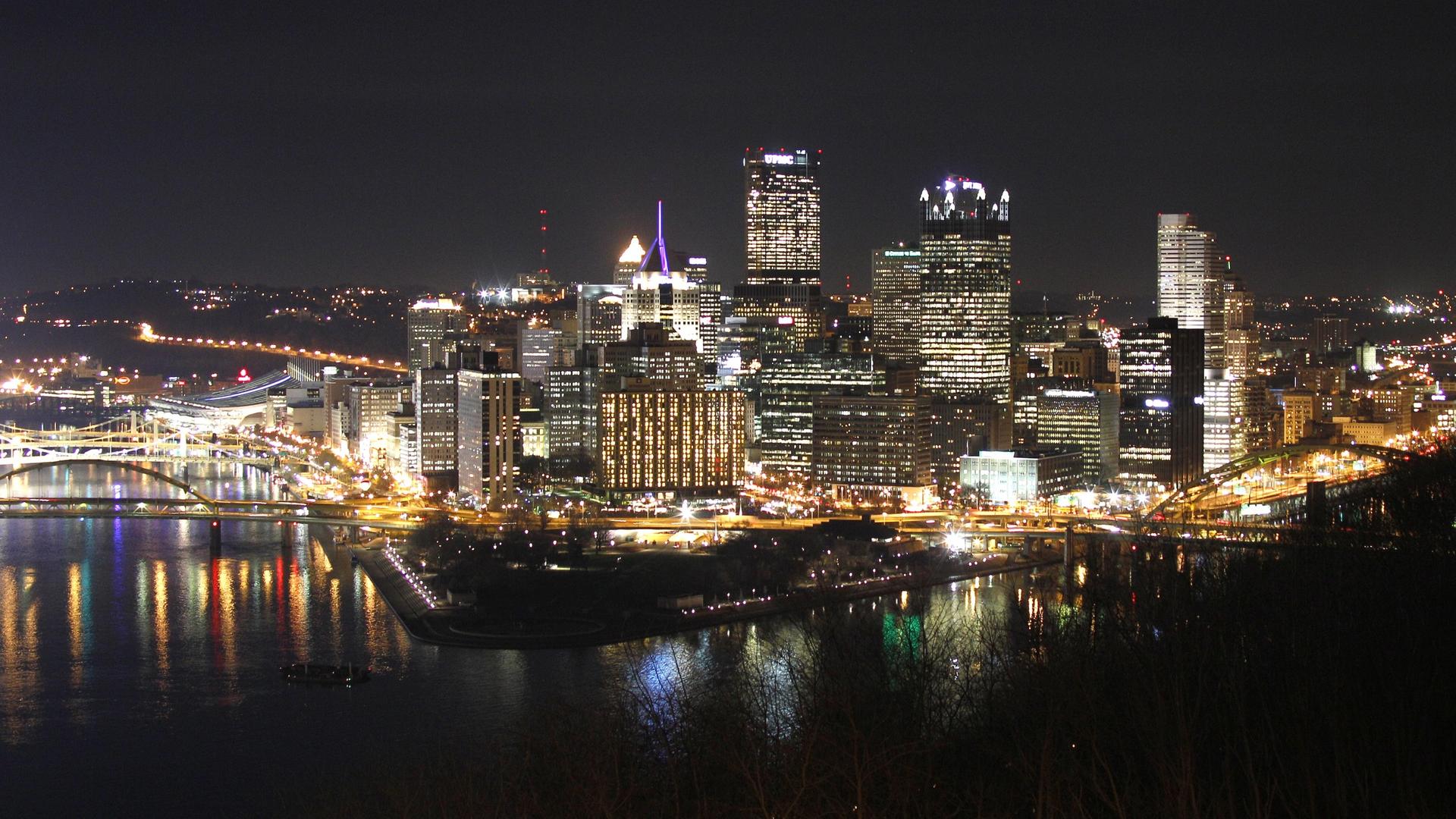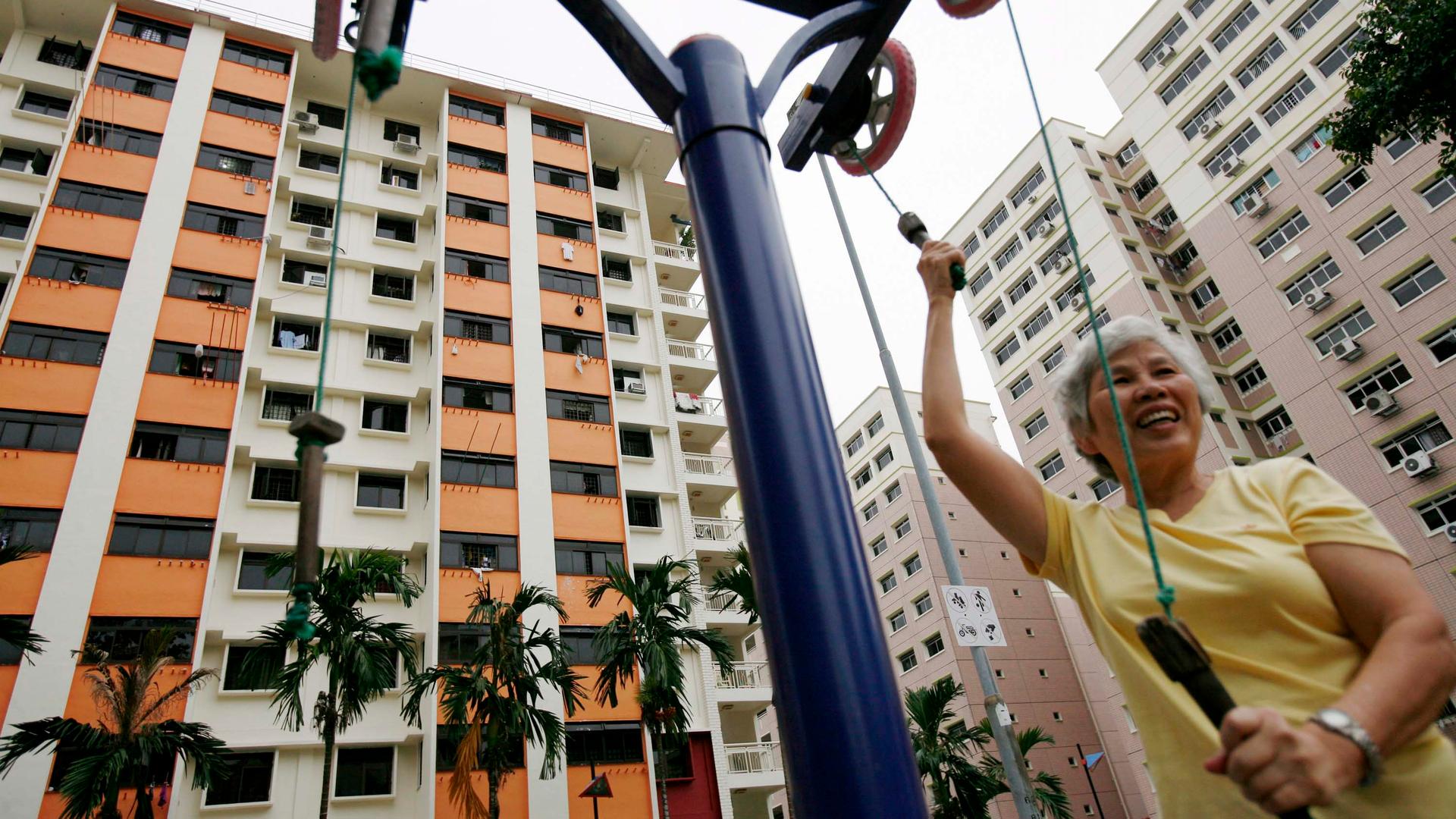Urban planning
Cities: The intersection of people and place
Some urban planners say the buzz around “smart cities” is an opportunity to think both enthusiastically and cautiously about the future of development. But while it’s the latest trend in urban planning, the fundamental building blocks of cities haven’t changed.
Fleets of autonomous cars may one day end the hassles of urban parking
We’ve all been there: heading to the mall or the theater or dinner, and it ends up taking longer to find a parking space than it did to get there in the first place. This isn’t just frustrating; it turns out all these cars driving in circles are bad for the climate, and bad for the air we breathe.
A Finnish landscape architect tries to connect the broken pieces of Boston’s Emerald Necklace
Finnish landscape architect and visual artist Maria Jaakkola couldn’t wait to get to Boston to see its famed Emerald Necklace, a system of interconnected city parks designed in the 19th century by the great Frederick Law Olmsted. But when she got there she was dismayed to see the state it was in. So she made a film to try and change things.
Cities like Boston are redesigning their streets for the people who use them
After World War II, planners built roads with wide lanes and high speed limits to accommodate trucks carrying goods. But these wide, fast roads were unfriendly to pedestrians and cyclists. Now a concept called “Complete Streets” aims to change this approach and push cities to redesign streets with people in mind.


